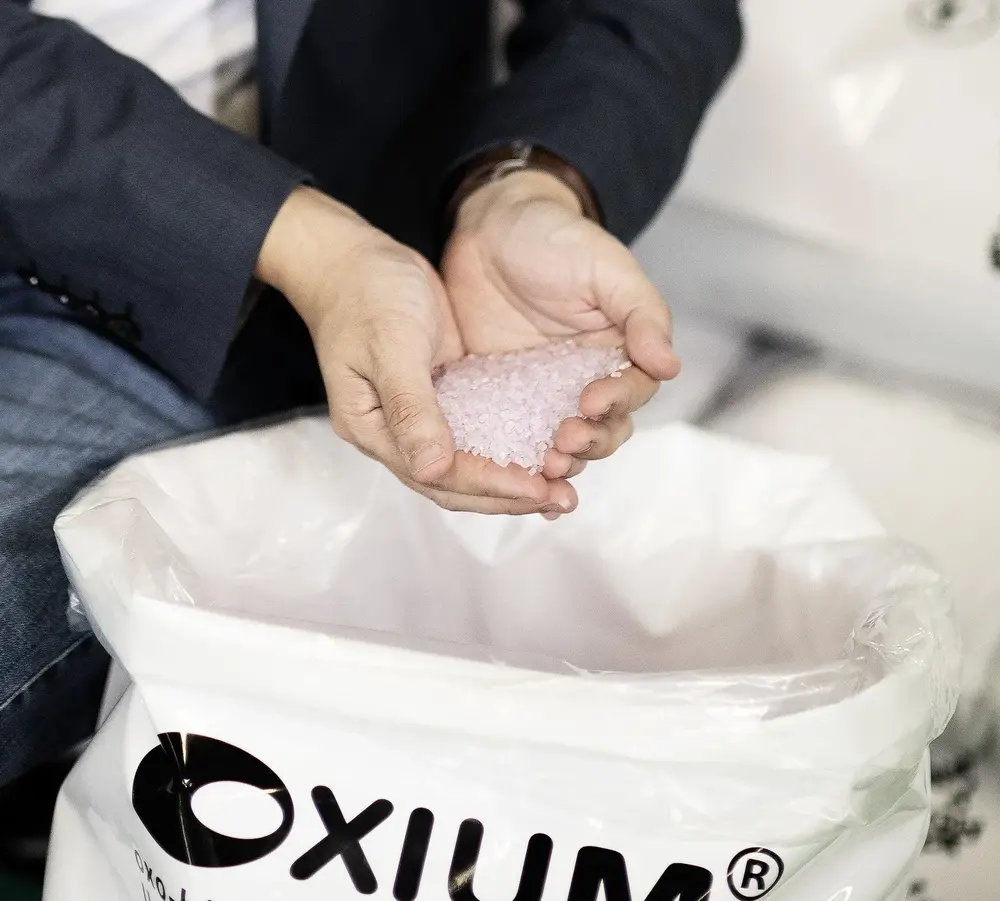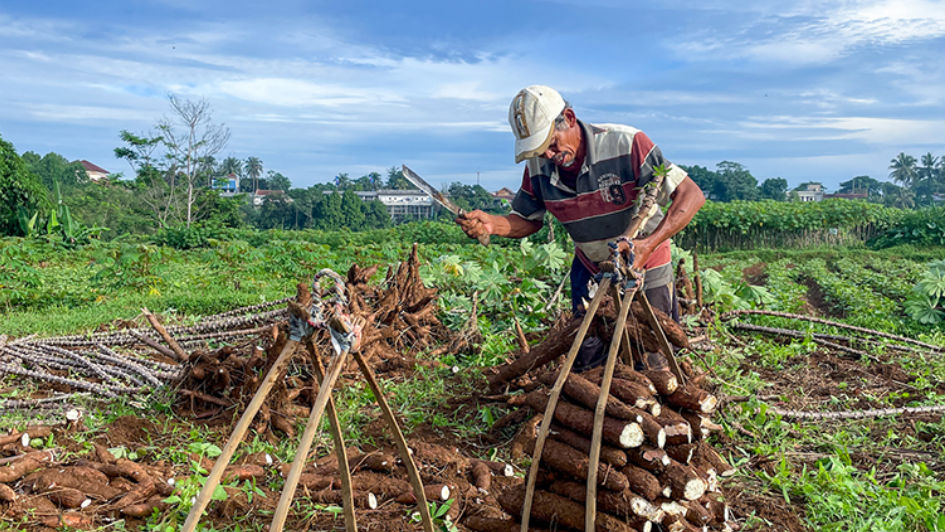The Science of Oxium
Tuesday, 11 April 2023
Redesigning/rethinking plastic is no easy feat. Plastic has been around since the 1970s and has not undergone significant changes since. Like many unicorns that have emerged in the last couple of years, Greenhope is disrupting the industry with its biodegradable plastic technologies that took 10-years of research & development and 7-years of patent process in the United States, Singapore, and Indonesia. In this article we will try to breakdown the science behind Greenhope’s first invention: OXIUM.
OXIUM is an biodegradable additive, that when added in small amounts (usually 3%-5%) to the production of petroleum based conventional plastics will accelerate its end-of-life cycle from 500 years to a mere 5 years. biodegradable plastics are conventional plastics that contain a metal-based catalyst(s) that are designed to speed up the breakdown of polymer molecules until they are reduced to a size that can be biodegraded (Intertek, 2018). To explain biodegradable plastics further, CEN/TR 15351 defined it as, “degradation identified as resulting from oxidative and cell-mediated phenomena, either simultaneously or successively.”
To prove that OXIUM does in fact accelerate the biodegradation process, it has passed multiple testing and certification process such as ASTM D-6954 (Standard Guide for Exposing and Testing Plastics that Degrade in the Environment by a Combination of Oxidation and Biodegradation), Indonesian Ecolabel, Malaysian Ecolabel, and Singaporean Ecolabel. In addition, an independent joint study done by Diponegoro University and Dian Nuswantoro University, which evaluated the effectiveness of microalgae Dunaliella salina in the biodegradation process of oxidized OXIUM and HDPE plastics, concluded the study by stating, “During a photooxidation process, the (OXIUM) plastic absorbs UV light, and with the help of oxygen from the surroundings, the polymer undergoes formation of free radicals that accelerate the termination of the polymer chain. The reaction results in the formation of a carbonyl group, which reduces the molecular weight and increases the hydrophilicity of the plastic.” Moreover, the study stated that it has proven that the pro-oxidant additives present in OXIUM plastic can accelerate the biodegradation process, as shown by the drastic increase in growth rate of D.salina in the reactors that contain OXIUM microplastics compared to those which contained HDPE microplastics.
In summary, conventional plastic polymers comprises of long polymer chains in the region of 250,000 Daltons, and through the biodegradable process, OXIUM breaks down the chains to 5,000 Daltons in a much shorter time at which point organisms such as microalgae can feed on them and achieve complete and safe biodegradation (Intertek, 2018). If we, as a society, can decrease the outflow of plastic waste and implement OXIUM technology to decrease the biodegradation time of conventional plastics, plastic waste build up will not occur and the plastic pollution problem will cease to exist.
Intertek (2018). OBiodegradable Plastics and the Micro-plastic Issue: Towards a Logical Approach. 6p.
Hadiyanto, H., Khoironi, A., Dianratri, I., Huda, K., Suherman, S., Muhammad, F. (2022). Biodegradation of oxidized high-density polyethylene and degradable plastic using microalgae Dunaliellasalina, Environmental Pollutants and Bioavailability, 34:1, 469-481, DOI: 10.1080/26395940.2022.2128884. https://doi.org/10.1080/26395940.2022.2128884
Resin oxium foto by greenhope



